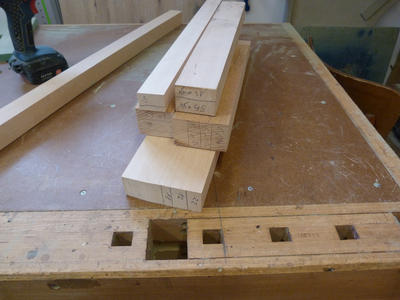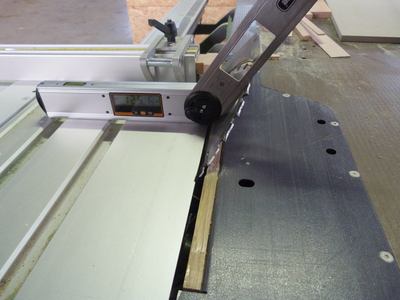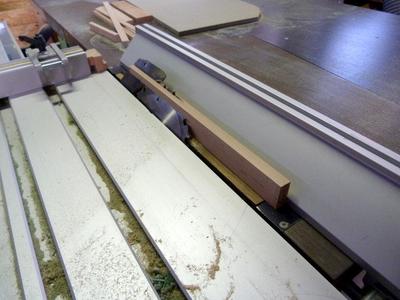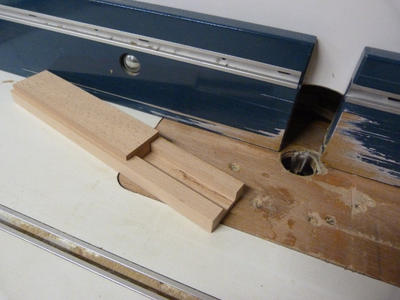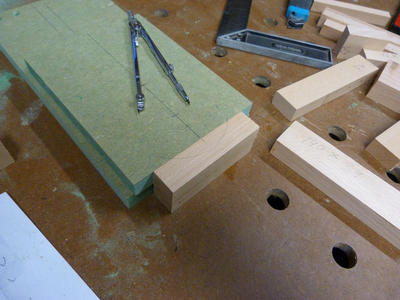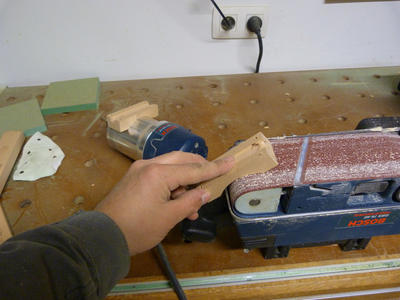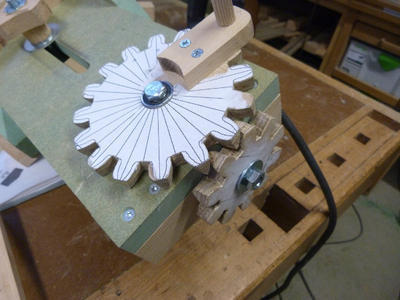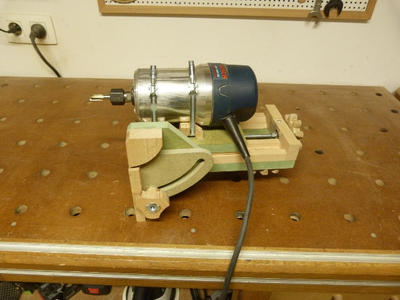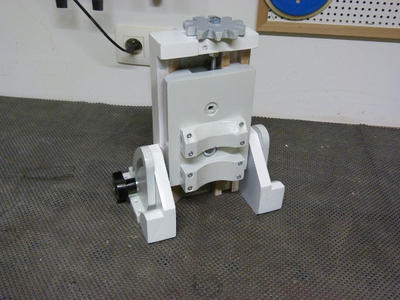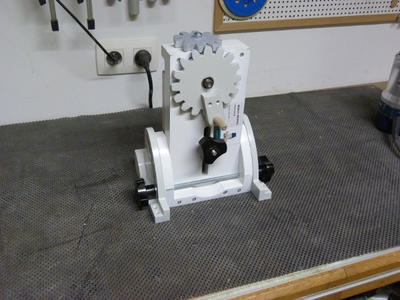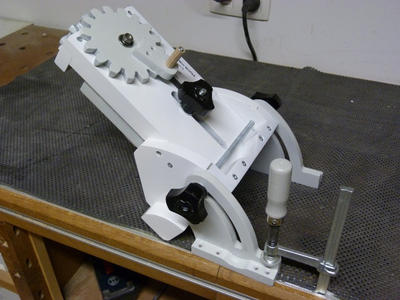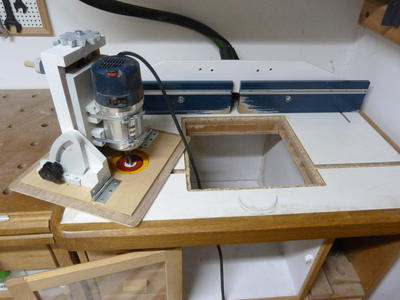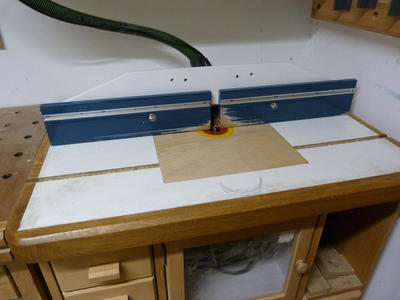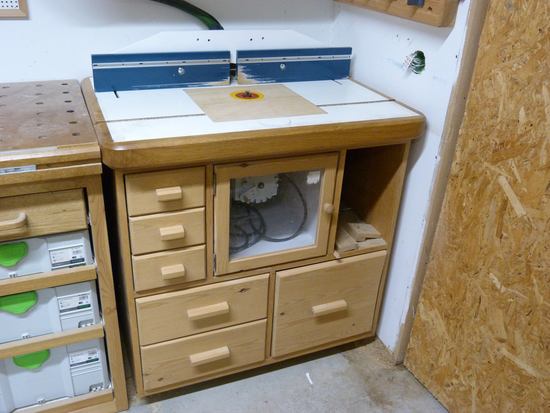Timothy Wilmots's tilting router lift
Timothy writes:
Hello Matthias,
My name is Timothy Wilmots, I'm a Belgian woodworker.
First let me tell you I have been following your website for a long time and got a lot of inspiration out of your clever approach to woodworking.
I never thought I would ever purchase plans because I always think I can make my own, but a few weeks ago I took the plunge and purchased your tilting router lift plans.
I have been collecting the hardware since, and started the construction yesterday. I am pretty much finished now.
I only built the lift itself, which I will try to adapt to my router plate. My current router table has a torsion box top, and the space left out in the center isn't large enough for the lift. So I will need to build a new top later. Have you thought of designing a top with a similar mechanism as the lift, but used to move the fence with a turn handle on the front?
Maybe you are interested in some details, I followed the plan but I couldn't get my hands on hardwood ply, so I used watertight MDF. When I assembled the whole lift it was strangely difficult to make it go up and down, but it became easier as I forced it, and a after a lot of elbow grease it went smooth. Then suddenly it stopped.
I noticed the thread inside the T-nut and on the rod were completely worn out. I inspected the other T-nuts and I suspect the thread is too shallow and weak. I will replace the rod and use a regular nut instead.
Thank you for your time and great website,
Timothy
Matthias comments:
Regarding the fence - never gave that much thought. I can bump my table saw fence to within .001" without any screw mechanism. Also, there's no need to keep the router fence parallel.
T-nuts are only made out of sheet metal. Never had one with a too shallow a thread myself, but it doesn't surprise me. Regular nuts work too, just more work to mount.
As for using MDF - I have seen too many sagging shelves made out of MDF to trust it for such applications. It's possible that the depth lock knob, if left tightened, may cause the MDF to bend over time. I'd rather not worry about de-tensioning anything, including my bandsaws.
Timothy later wrote:
I decided to paint it, but as you suggested I covered the sliding parts. It works very smooth now that I re-centered the lower bearing.
I had to enlarge the opening in my router table top, rendering the T-track useless, but I have no use for it at the moment. This setup is functional but temporary, in the future I plan on making a new adapted top.
Thank you,
Timothy
Matthias comments:
I tried to keep the design compact so it would fit in a router table of this style even though I don't have room for a router table in my shop.
I hadn't thought about T-tracks. So far never had a need for a coping sled, and if I did, I'd probably just run it along the fence instead.
I really like how your router lift looks - the paint job came out very nice.
See also:
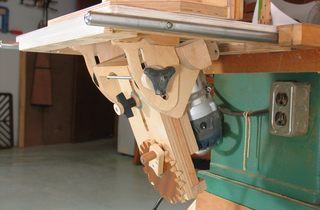 Tilting router lift
Tilting router lift
|
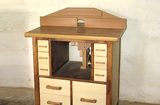
Dejan Kovac's router table | 
Molding tricks with a tilting router lift |
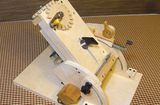
Andrew Scott's |
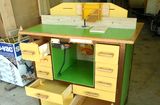
Rudolf Baumeller's |
